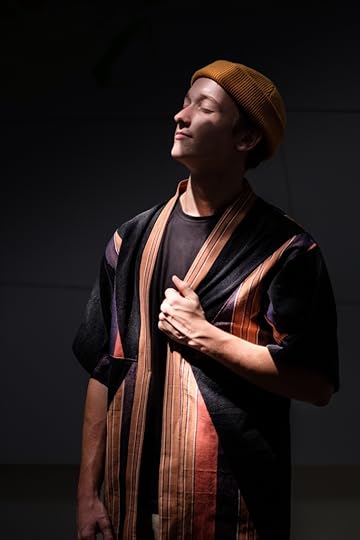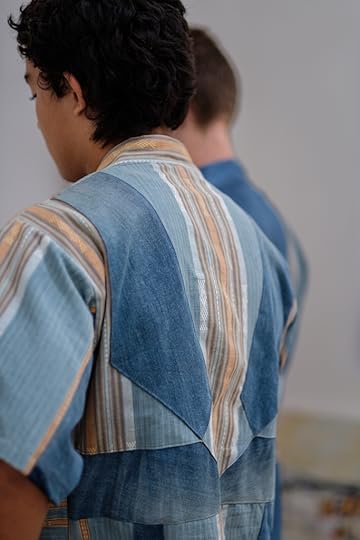Rewilding the design object

Rewilding the design-object should ideally be a bit like reintroducing the wolves in Yellowstone Park (which I wrote about in this article). It should be a celebration of letting go of control and allowing for natural processes to take place.
In order to create rewilded design-objects, the designer must initiate or curate the aesthetic design experience, and then dare to step back, allowing for the object to develop in the hands of the user, and for the aesthetic experience to cultivate and alter as the user’s stories and interaction infuse it.
In a sense, finishing a design-object completely before releasing it into the world is a little peculiar, if the object is made to be used, which I assume design-objects generally are. If something is completely done, with nothing to be added or taken away, the process of usage can only allow for deterioration moving toward a quickly approaching end.
Perfectly finished garments with no flexibility and no unevenness, and tables or kitchen counters with smooth, glossy surfaces generally tend to get less appealing when used, and wear and tear leaves unflattering marks, stains, and wrinkles. Such design-objects are at their peak when released into the world, and the user-phase becomes one long regression toward final rejection.
Consequently, such design-objects can be described as closed: closed off to usage and closed off to human attachment. Scratches and stains are not flattering additions to the finished or closed design-object.

When you do a simple search on the internet and read about what a product’s life cycle involves you will quickly come across four stages in the product’s market life: introduction, growth, maturity, and decline of demand.
The growth stage appears noteworthy and intriguing in the light of the above thoughts on the closed design object. Growth involves an inherent development potential that could comprise an antidote to the closedness.
However, growth in the product life cycle has nothing to do with opening up the product and including growth potential in the user phase. It implies that after a product is introduced to a market its popularity initially grows, but then, shortly after, reaches the maturity phase — when things become mainstream — and finally the decline phase sets in.
In other words, it is anticipated as a part of the product development that all products have a short life, and that the consumer within a limited timeframe — after a short honeymoon phase in which the product is valued and cherished — gets tired of the product and most likely discards it to make room for “falling in love” all over again with new products.
This mechanism is obviously good, dry, fast burning wood that feeds the fire of overconsumption. The planned obsolescence of a newly made product or the inherent unflattering decay, which can be concrete and physical in the sense that the product, might no longer be well-functioning or intact after a defined period of usage, and perceived in the sense that the product might still be intact, but experienced as obsolete due to the fast-shifting winds of trends and fashion, must be challenged by new sustainable design approaches and new consumer demands.
Growth should be integrated into the user-phase and should be synonymous to flexibility and progress, and maturity should associate aesthetic decay and beatifying jaggedness.

Why not design objects that are open to usage? Objects that flourish or grow better, more intriguing, and more beautiful throughout the user-phase, as the process of decay leaves its traces. Why not incorporate the process of usage into the design practice, and thus consider the user phase the phase of completion, or the phase in which the design-object obtains its true shape, identity, or true “colour”?
Similar to the release of the wolves in the Yellowstone Park, this way of approaching product development would require letting go of a degree of control.
Of course, the designer has—and should have—intentions with the design-object created, and of course, it should be charge it with aesthetically nourishing components and storytelling to ensure an anchoring of the receiver’s connotations so that they match the design concept and intentions.
But, as a part of rewilding the design-object the designer must dare to let the user phase take part in shaping the object and dare to allow for diversity to flourish. Ideally open and slightly undeveloped design-objects should be released into the world; objects that are open to wear and tear, to usage, and accessible to all the diverse, multifaceted stories that they will be charged with while being a part of the user’s life.
The aesthetics of the closed design-object are a celebration of perfection and smoothness, the resilient aesthetics of the open design-object are a tribute to rawness, wildness, wear and tear, and anti-homogeneity.



